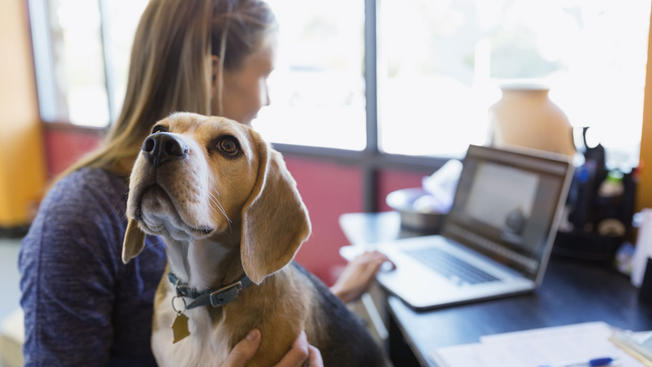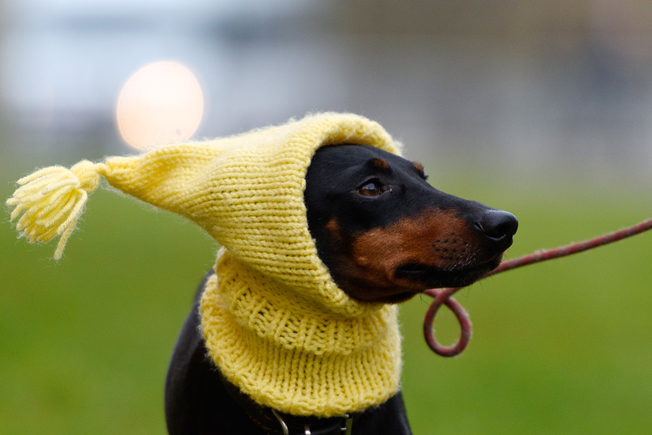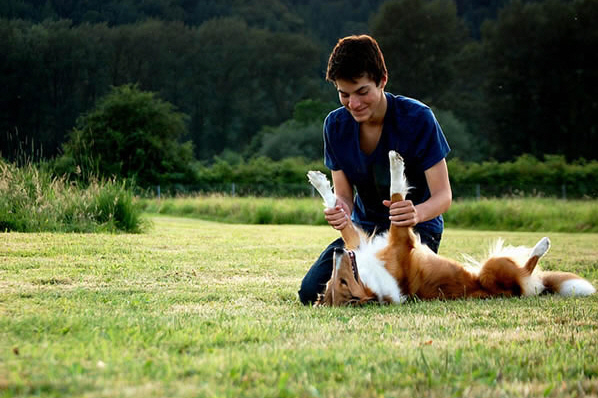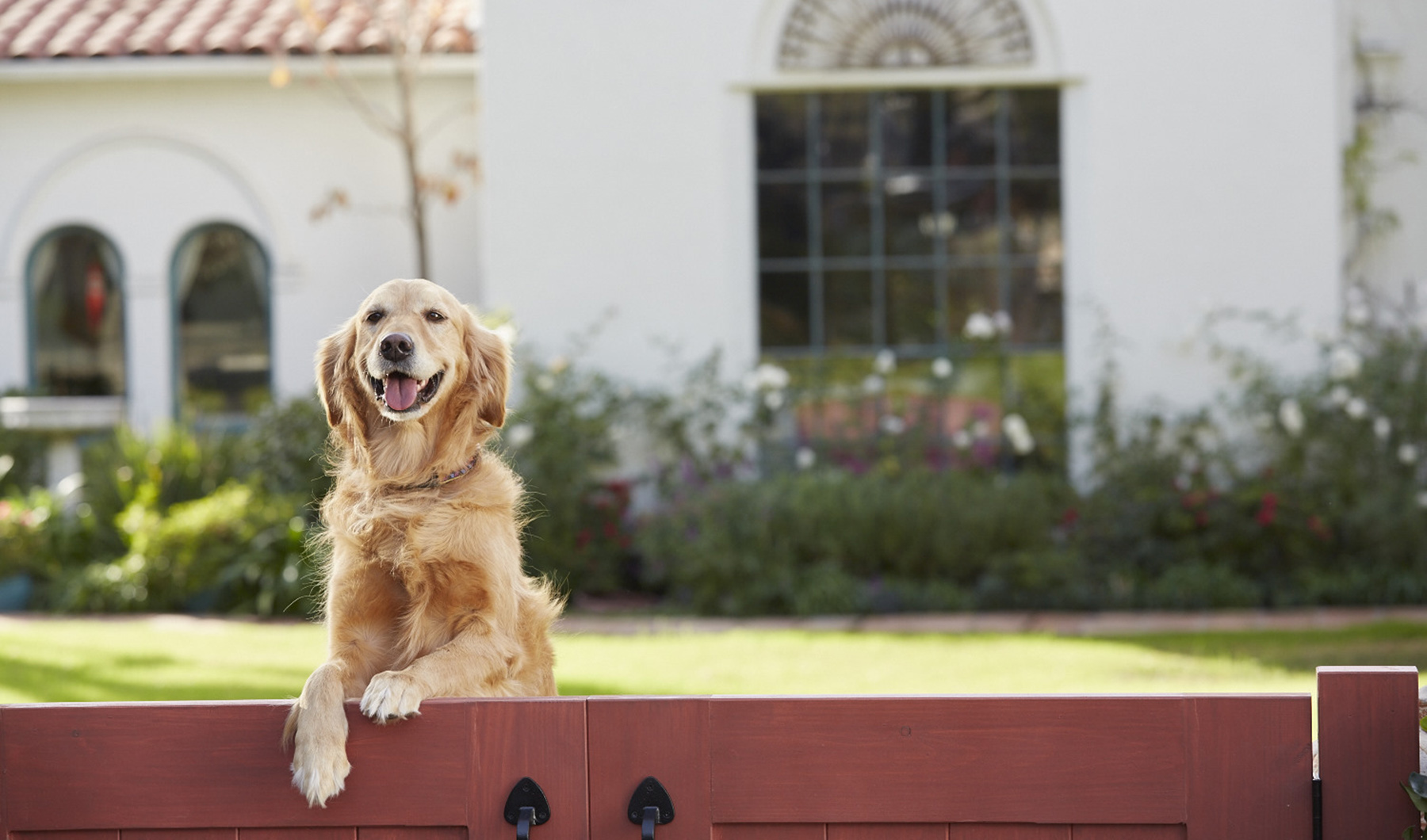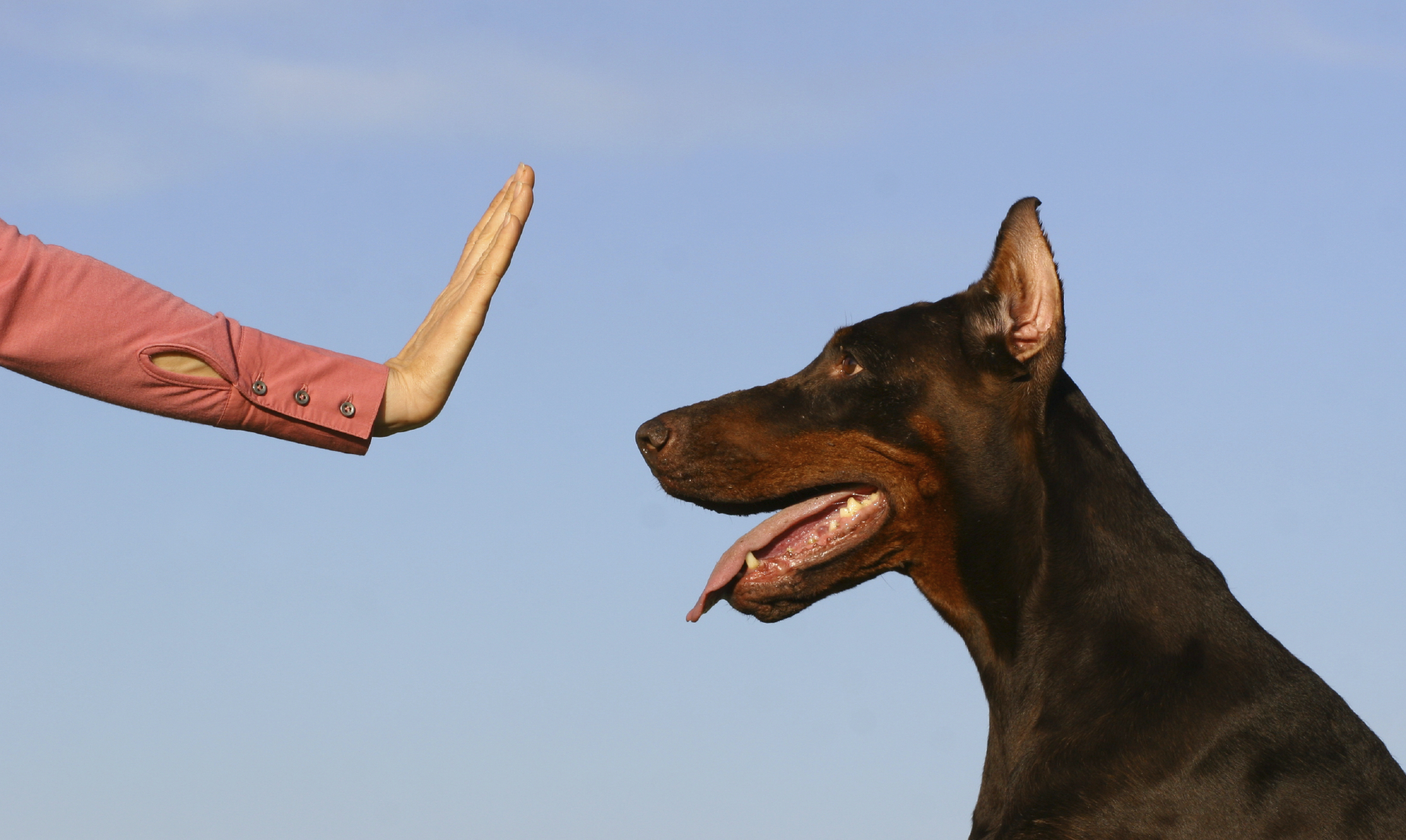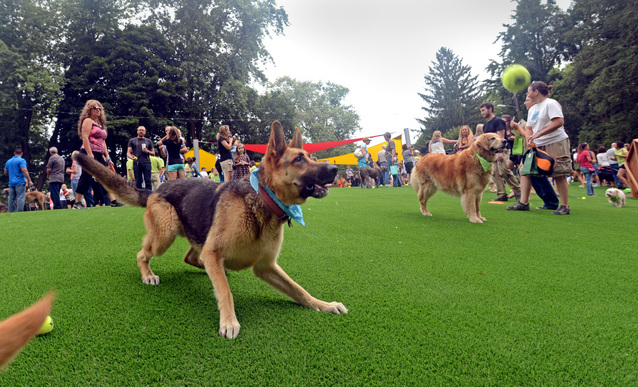Photo: NBC New York
If you want to be the best dog owner you can be (of course you do!) it’s never too early to start learning about how to train your dog. Investing time into training, and teaching your pup a few essential commands will help you raise a well-behaved dog that can handle a variety of social situations. This means more fun for you both, together!
We’ve gathered some training tips from dog expert Cesar Millan and our friends over at the Humane Society so you can get started right away.
Photo: NBC New York
Positive Reinforcement.
If you plan on rewarding a dog’s behavior with a treat, you must do it the instant they follow the command. This lets your dog know they’ve been successful.
Saying a single word (“Yes! Good!”) or using a clicker is an excellent way to mark correct behavior. Treats are also helpful training tools, but they can be overused.
Treat Me Right.
Your goal is to teach your dog to follow a verbal command. You will not always have treats on hand, and it’s important you can count on your dog to be on their best behavior at all times.
Be sure to wait two or three seconds for your dog to fully execute the command before giving verbal reinforcement (“Yes!”). You may then follow up with a treat. This trick helps to keep a reward from turning into a “bribe”—when the dog is lured into following a command by the promise of the treat alone.
Food is the easiest go-to reward most people use when they begin to train their dog, but it is not the only kind of reward. Playing with a toy, a game of fetch, or a car-ride are examples of other rewards. As you get to know your dog, you’ll find what types of rewards motivate their best behavior!
Photo: Daily News Dig
Body Language is key!
Your posture and body cues say a lot. Your dog will look to you to assess how you are responding to a situation. Are you stressed and impatient? Your dog will pick up on your energy. The same goes for a calm and assertive demeanor.
Set the scene by channelling your inner dog training ninja, and give clear, firm commands.Remember! Your command is the cue for a certain kind of behavior. When giving the command, stand up straight and keep your hands out of your pockets.
Most likely, you will have treats in your pocket. Keep the attention off of the treats and on you by having your hands visible at all times. For similar reasons, don’t hold the bag of treats. You want to condition your animal to respond at all times, not only if treats are visible.
Photo: California Home
Try At Home:
Let’s say you want to train your dog to stay put when you open the front door.
- Firmly tell your dog to sit/stay by the front door of your house. Open the door, maintaining communication with your dog. Reiterate the command if needed. The goal is for her to stay put.
- Does she listen? Praise her, open the door and let her go outside. Playing fetch in the yard is a great reward for this action.
- Does she gets up as soon as you open the door? Close the door and try again.
- Continue this process until she stays in position when the door is opened.
- Test your dog by bringing in other variables. For instance, have someone else open the door or let someone in from the outside after they’ve knocked on the door.
Consistency is key! Be sure to repeat the process step-by-step and quickly-and-clearly reward good behavior.
Essential Commands.
According to Dr. Stanley Coren, an expert in canine intelligence, the average dog can understand about 165 words, possibly more with training.
Today, we’ll focus on 3 commands that are essential for every new dog owner.
- Sit is one of the most basic commands. If you can get your dog to sit, you can gain control over your animal in a hectic or crowded situation, allowing you to approach them and leash-up.
- Stay is like a security blanket for both of you, once you’ve mastered the sit command. Stay works well if you find yourself in a situation where a dog moving around could cause injury (ex: oncoming traffic, getting out of the car onto the street).
- Leave it can keep your dog from exploring dangerous objects, or getting into a situation that could potentially harm him.
Photo: The Pooch Mobile
Step-by-step instructions from Cesar Millan.
Sit – This is one of the easiest dog obedience commands to teach, so it’s a good one to start with.
- Hold a treat close to your dog’s nose.
- Move your hand up, allowing his head to follow the treat and causing his bottom to lower.
- Once he’s in sitting position, say “Sit,” give him the treat, and share affection.
Repeat this sequence a few times every day until your dog has it mastered. Then ask your dog to sit before mealtime, when leaving for walks, and during other situations where you’d like him calm and seated.
Stay – Before attempting this one, make sure your dog is an expert at the “Sit” command.
- First, ask your dog to “Sit.”
- Then open the palm of your hand in front of you, and say “Stay.”
- Take a few steps back. Reward him with a treat and affection if he stays.
- Gradually increase the number of steps you take before giving the treat.
- Always reward your pup for staying put — even if it’s just for a few seconds.
This is an exercise in self-control for your dog, so don’t be discouraged if it takes a while to master, particularly for puppies and high-energy dogs. After all, they want to be on the move and not just sitting there waiting.
Leave it – This can help keep your dog safe when his curiosity gets the better of him, like if he smells something intriguing but possibly dangerous on the ground! The goal is to teach your pup that he gets something even better for ignoring the other item.
- Place a treat in both hands.
- Show him one enclosed fist with the treat inside, and say, “Leave it.”
- Let him lick, sniff, mouth, paw, and bark to try to get it — and ignore the behaviors.
- Once he stops trying, give him the treat from the other hand.
- Repeat until your dog moves away from that first fist when you say, “Leave it.”
- Next, only give your dog the treat when he moves away from that first fist and also looks up at you.
Once your dog consistently moves away from the first treat and gives you eye contact when you say the command, you’re ready to take it up a notch. For this, use two different treats — one that’s just all right and one that’s a particularly good smelling and tasty favorite for your pup.
- Say “Leave it,” place the less attractive treat on the floor, and cover it with your hand.
- Wait until your dog ignores that treat and looks at you. Then remove that treat from the floor, give him the better treat and share affection immediately.
- Once he’s got it, place the less tasty treat on the floor… but don’t completely cover it with your hand. Instead hold it a little bit above the treat. Over time, gradually move your hand farther and farther away until your hand is about 6 inches above.
- Now he’s ready to practice with you standing up! Follow the same steps, but if he tries to snatch the less tasty treat, cover it with your foot.
Photo: Lancaster Online
Train Everywhere!
Training is just that — training! It will prepare you both for all kinds of situations that will arise out in the world. So train everywhere together!
Your dog must learn obedience regardless of their surroundings, and variety is a key element to your training routine. Ease in slowly. Start in one location, then move to other areas of the yard, or rooms of the house. Practice wherever you can, including during daily tasks (going out to the bathroom, being fed, etc) and walks. Have fun!

